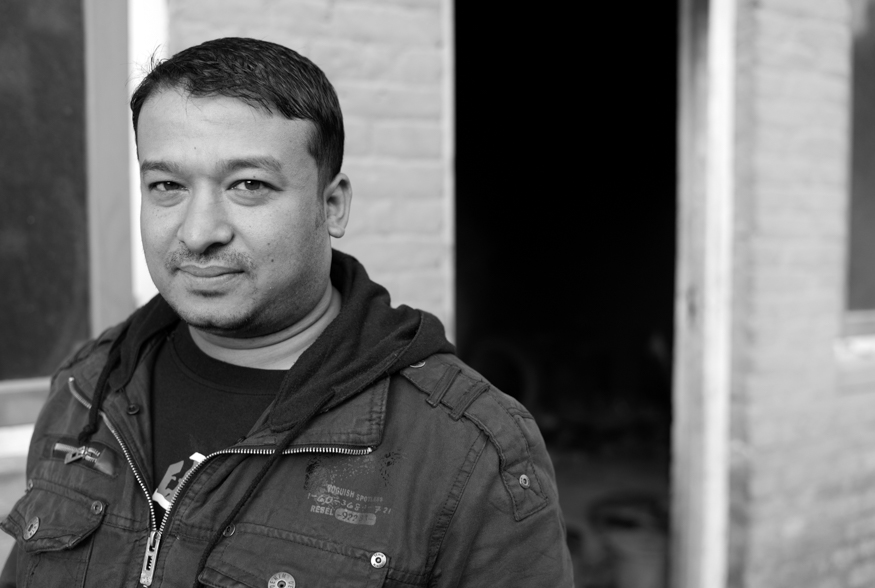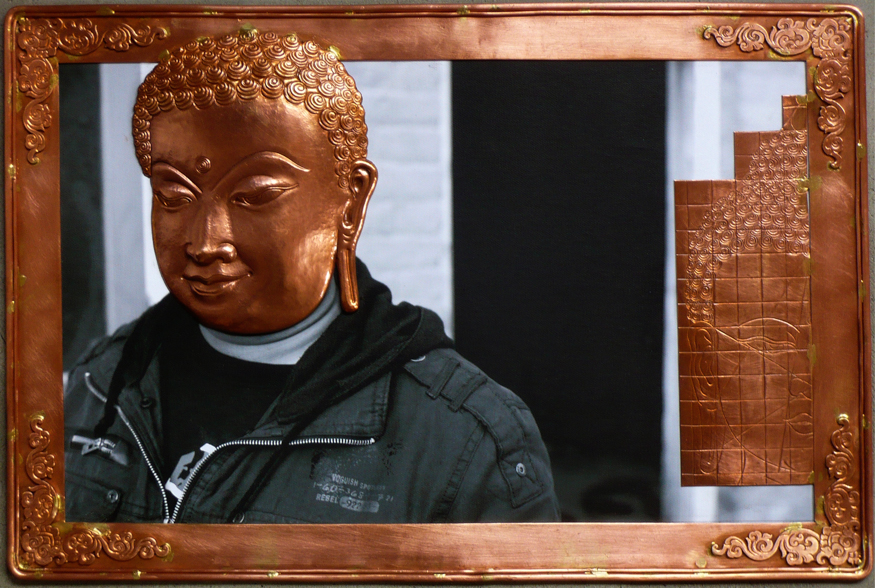

© Antonio Nodar / Rabindra Shakya
Rabindra Shakya is a renowned artist from Nepal, celebrated for his mastery in the traditional craft of repoussé, a metalworking technique that involves creating designs by hammering metal sheets from the reverse side. He hails from a long lineage of metalworkers, with his family being direct descendants of the Shakya clan, which is historically linked to Siddhartha Gautama, the Buddha.
Artistic Focus and Style
Shakya's work is characterized by:
Repoussé Technique: He specializes in crafting intricate copper sculptures, often depicting Buddhist deities and symbols. His pieces are known for their detailed engravings and spiritual significance.
Cultural Heritage: His art reflects the rich cultural and spiritual traditions of Nepal, particularly those associated with Buddhism and Newar artistry. Shakya aims to preserve ancient Newar artistic motifs while making them accessible to a global audience.
Large-Scale Sculptures: Among his notable works is a towering copper statue of Buddha that stands over four meters high, showcasing his ability to create monumental pieces that resonate with viewers on both aesthetic and spiritual levels.
Notable Contributions
Rabindra Shakya has gained recognition not only in Nepal but also internationally. His contributions include:
Exhibitions: He has participated in various exhibitions, including a curated show in Finland that highlighted traditional Nepali craftsmanship. His reputation has allowed him to travel abroad, where he has created sculptures for Buddhist monasteries worldwide.
Workshops and Community Engagement: Shakya is involved in mentoring young artisans and promoting traditional metalworking techniques, ensuring that these skills are passed down through generations.
Impact
Rabindra Shakya's work plays a crucial role in the preservation of traditional Nepali art forms while also addressing contemporary artistic practices. His ability to blend cultural heritage with modern aesthetics makes his work significant in both local and global contexts.